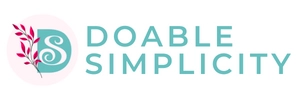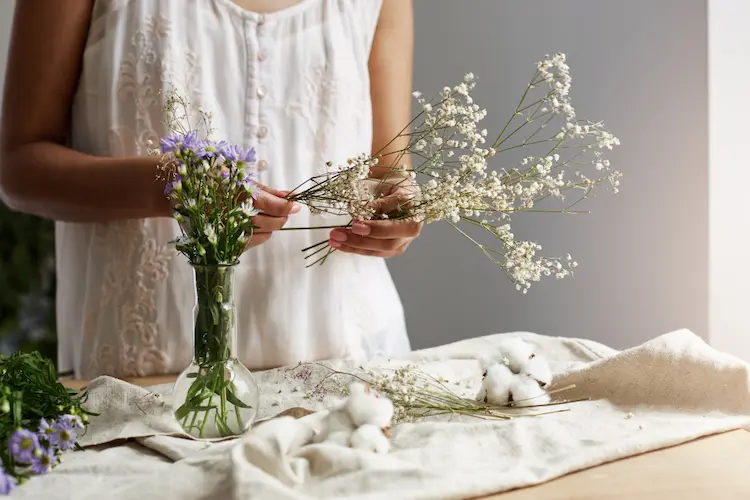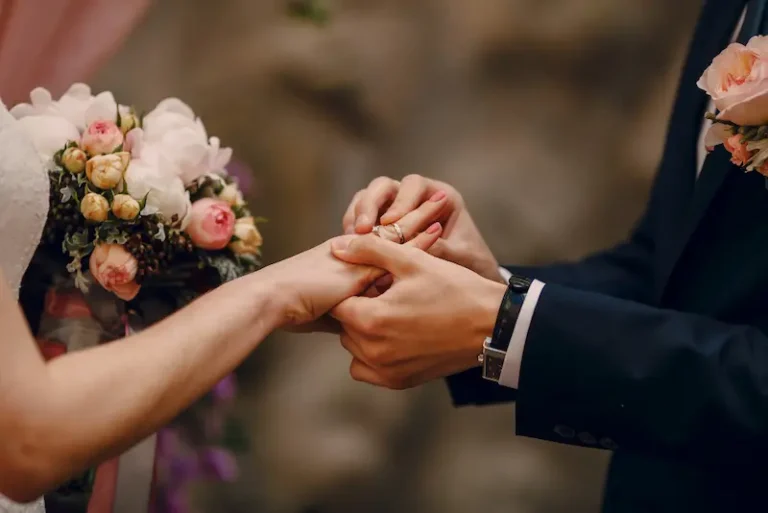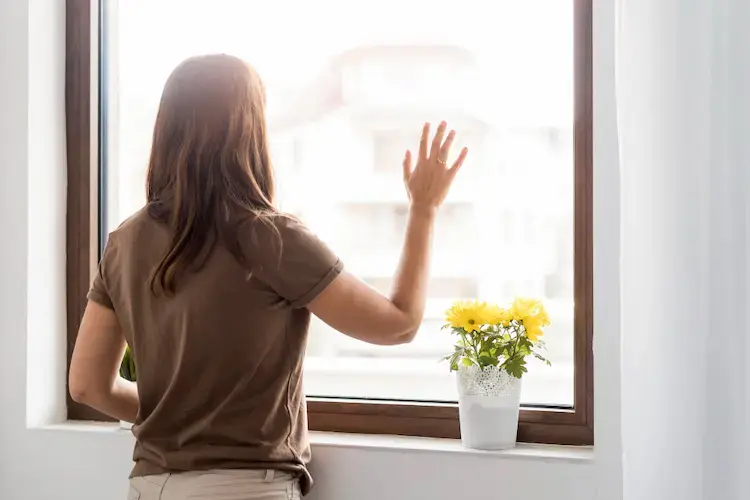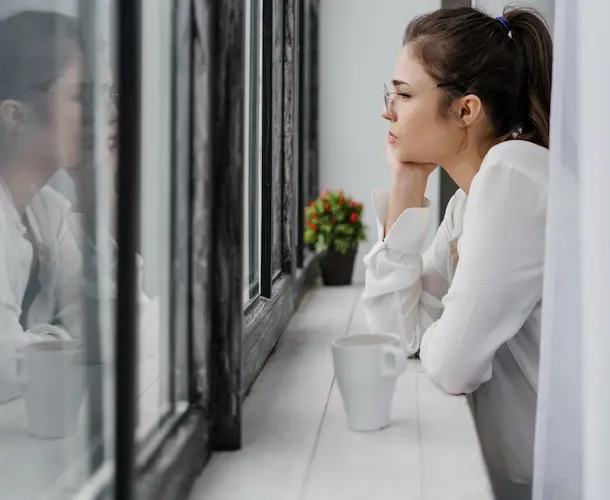6 Keys to Living Slowly and Enjoying the Wonderful Benefits
Isn’t it ironic that as a minimalist I have still struggled with the idea of slow living?
I find it funny I, as a homebody who loves nothing more than a good book and a hygge atmosphere, still feel like living slowly stays just out of my grasp.
A lot of people like a busy schedule but many of us are way busier than we would like to be so how can we possibly start living slowly? Why should we?
This post contains affiliate links. As an Amazon Associate, I receive a small commission when you purchase through these links at no extra cost to you.
I learned a lot about slow living in Brooke McAlary’s book Slow -Simple Living for a Frantic World. It’s definitely a must read but let me share what I learned from it because I feel like I finally understand the slow living movement and how to live slowly.
Why Should We Embrace Slow Living?
I don’t think I would have to convince most of you that living slowly sounds nice. But something that sounds nice doesn’t always sound practical and slow living sounds like something that the landed gentry of Regency England had time for. It doesn’t sound like something that has a place in the modern world.
So why should you make time for slow living? Why should I?
Simply put we are all stressed out. We need to dial down our schedules, our thoughts and our possessions so we can dial down that anxiety that grips us in the middle of the night as we watch the clock. In fact, slow living is one of the most wholistic wellness strategies we can adopt.
But how can we live slowly? What is slow living in practical actionable terms?
Let’s dig in to the real world ways to enjoy slow living.

Figure Out Your Priorities Before You Start Slow Living
One of the most poignant parts of Brooke’s book is where she explains the moment her values and priorities came into clear focus. It all happened due to a simple writing prompt that asked her to write her own eulogy.
Think about that. If you were to write your own eulogy what would you want to be said about you at the end of your life? What would you want to have done? How do you want people to remember you?
If you are like Brooke, thinking about that will help you clarify your priorities, goals, and dreams.
Are you doing the things that will make you the person you want to be remembered as? Is your life going in the direction you want it to go?
Or are you spending too much time on things that don’t really matter like scrolling social media, worrying about your jeans size, or trying to keep up with the mythical Joneses?
You may know what your priorities and goals are but do your actions follow what you say? You have to define those priorities clearly to find your why and get your motivation for living slowly.
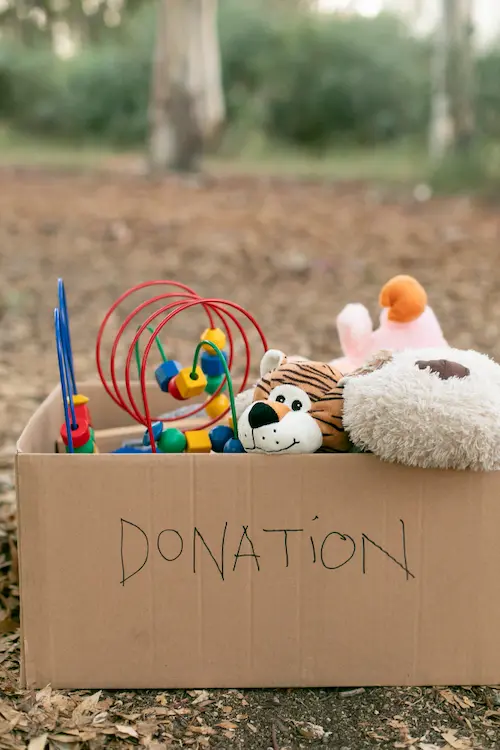
Living Slowly and Letting Go
Once you know what you want your life to look like it will become apparent what you don’t want it to look like. As you look around your home and your habits you will see things that are holding you back, slowing you down, or distracting you from that vision of your life.
When you see those things it’s time to let go.
Letting go will probably involve decluttering your home so you spend less time stressed out about stuff. It may also mean deleting obligations that don’t contribute to your priorities. It will also mean paying attention to how much time you waste on things like social media and the comparison game.
Living slowly may seem impossible. Where will you find the time?
What if that time is hiding under all your junk and that phone that is permanently attached to your face?
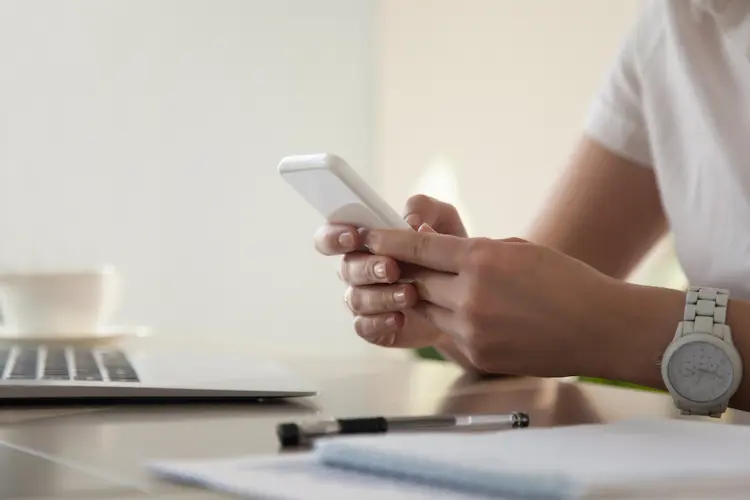
Living Slowly and Watching Your Inputs
Slow living isn’t just about decluttering. It’s not even about removing modern convenience from life although the term may evoke a picture of a idealistic off grid life in the country.
Instead living slowly, like minimalism, is about finding your priorities and then finding all the things that are getting in the way.
That being said what are you taking into your mind, body, and schedule?
When you pay attention to your inputs you pay attention to what types of information you are consuming, what kind of food you are eating, how you are moving your body and paying attention to how it actually affects you. Use slow living to protect your mental and physical health.
For example do pick up your phone the second you wake up to check your e-mail, the news, and social media? Is it any wonder you are running late and feeling stressed out in the morning?
Are you picking up junk food for dinner and drinking too much wine only to wonder why you feel lethargic and bloated?
Does a certain social media account you follow make you wish you were more adventurous, thin or wealthy?
Are you looking at your screen right before bed expecting that blue light to help you sleep?
Are those true crime podcasts helping you reduce your anxiety?
As you can see there are many ways we can look at our inputs and see if they make us feel the way we want to feel and if they take us in the direction we want to go. Once we identify things that aren’t serving us we can replace them with habits and inputs that are more positive.
Living slowly means living with intention and when you do that you actually do have time for the things that you enjoy and the things that make you feel good.

Learning What Meditation Means for You
One of my favorite parts of Brooke McAlary’s book Slow was the part where she talked about meditation. It was revolutionary for me because as a person who is rather active in my Christian faith I hadn’t really felt a connection to the meditation practices that are commonly talked about.
Brooke’s explanation of meditation helped me see that you don’t have to follow the meditation practices that are subscribed to by any religious practice but rather you can set aside periods of time for contemplation.
You can let your mind wander and find solutions when it has some quiet to do it in. Stopping all thought isn’t necessary. In fact letting your mind work through whatever it comes up with is a form of meditation that can relieve a lot of the stress of the day.
You don’t even have to sit still to meditate. Instead you can go on a walk or do another active hobby. Or you can enjoy doing something creative and let your mind relax into the feeling of flow. You can even clean your house, fold your clothes or washes your dishes.
I have a bad habit of filling all my time with input. I am either listening to a book or music while I clean. When I rest I watch TV, work on the computer or read a book. And in between times I’m talking to friends and family.
After reading Brooke’s ideas on meditation I am excited to create more quiet times for open ended thinking and mental relaxation.
Imperfect Balance
Does living slowly mean you always have to have everything perfectly arranged in your life? Do you have to keep all the balls in the air and look peaceful doing it?
No. Not at all. In fact as the book explains, slow living is about realizing that you don’t have to be perfectly balanced all the time. It’s not realistic to think that you can keep all the balls in the air at the same time.
Instead of focusing on being perfectly balanced all the time focus on giving the things that need your attention today the time they require and handling the other things tomorrow. Focus on overall balance instead of perfection.
Every season of life requires us to focus on different things. Give the right amount of attention to each thing when it needs it and let go of the rest.

Slow Living Hobbies
Like me, Brooke used to own a jewelry business. While I still have my Etsy shop (because it takes little maintenance) Brooke chose to let go of her jewelry business when it no longer brought her joy. Instead she spends time gardening and doing Yoga.
When you think of slow living you may think of people who enjoy creative or active hobbies and magically have the time for them, unlike you.
But the truth is all of us can enjoy slow living hobbies. When you follow the steps above to clear your life of time wasters and things you don’t really need to be doing you will have time to enjoy a creative hobby as an adult.
Having one of those slow living hobbies like gardening, cooking, baking, writing, sewing, making jewelry, kayaking, walking, hiking, or playing a musical instrument will add a lot of value to your life. Find something you love to do and enjoy finding that beautiful state of flow!

Living Slow and Doing Your Best
The most important point that the book makes is this. When you are trying to embrace slow living you are not trying to copy a new set of Joneses. You aren’t living slowly if your competing or striving for something you aren’t.
Instead, use slow living as a tool to make your life the best it can be. Live slowly in a way that helps you reach your goals and your vision of the life you want to live.
Don’t expect that you will never be busy. We all have busy schedules sometimes. Just make sure you are busy doing the things that matter to you.
Take time to notice when you are feeling burned out and self correct by reevaluating your inputs, your stuff and your schedule. Make time for small acts of self care that will rejuvinate you, even if that is as simple as taking a nap.
Like minimalism, slow living is a journey that will have it’s ups and downs and backtracks. But if you consistently make an effort to slow down you will enjoy a happy simple life you love!
Learn More about Living Slowly
If you want to learn more about slow living I strongly recommend you read Brooke McAlary’s book Slow-Simple Living in a Frantic World.
I loved her down to earth voice, her realistic and practical advice, and the Australian accent in the audio book.
Although I summarized my favorite parts in this post it is definitely no replacement for the original books which is thoroughly enjoyable. Grab the book today!
For more inspiration check out these inspiriting slow living quotes!
